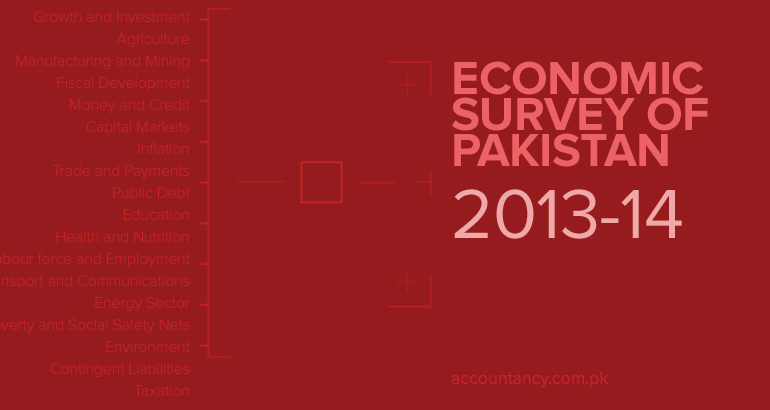The International Accounting Standards Board (IASB) has taken the first step towards improving accounting practices in the extractive industries—the oil and gas and mining sectors—by publishing proposals for greater transparency. The proposals are set out in Exposure Draft ED 6 Exploration for and Evaluation of Mineral Resources.
The Exposure Draft proposes guidance for entities in the extractive industries that will be expected to comply with International Financial Reporting Standards (IFRSs) from 2005. At present there is no IFRS that applies to such entities, and various aspects of extractive industries’ activities are excluded from some existing standards that would otherwise be relevant. Furthermore, accounting for exploration and evaluation activities varies widely throughout the world and is often inconsistent with accounting practices for other industries.
In developing ED 6, the IASB has tried to balance the need to introduce guidance in international standards with the recognition that developing a global consensus on a rigorous and comprehensive approach would require extensive consultation. That consultation could not be completed in time to meet the starting date of 2005 set by a number of jurisdictions for the application of international standards. In that light, ED 6 marks only the initial phase of the IASB’s project on extractive industries. It is aimed at introducing improved disclosures for exploration and evaluation assets. In addition, the proposals are intended to introduce modest improvements to recognition and measurement practices, especially the testing of exploration and evaluation assets for impairment, without requiring extensive changes that themselves might need to be changed when the IASB addresses issues in the extractive industries in a comprehensive manner.
In the subsequent phase, the IASB will address broader conceptual and practical issues related to accounting in the extractive industries generally. These will be the subject of a research project commissioned by the IASB from a group of national standard-setters from Australia, Canada, Norway and South Africa. The IASB has not yet decided when it would be able to add a formal standards project to its agenda.
Introducing the Exposure Draft, Sir David Tweedie, IASB Chairman, said:
“Developing a widely respected accounting standard that addresses the many complex practical and conceptual problems in extractive industries’ accounting is a concern for the IASB. However, the Board cannot consider and reach an informed conclusion on all issues and viewpoints and complete its work by the 2005 deadline set for the introduction of IFRSs in many jurisdictions. At the urging of some of our partner standard-setters and other interested parties, the IASB has published the proposals in ED 6 to provide some preliminary initial guidance on extractive industries’ accounting practices without imposing significant costs on those industries in advance of completing the larger project.”
The IASB invites comments on the Exposure Draft by 16 April 2004.
Copies of ED 6 Exploration for and Evaluation of Mineral Resources (ISBN 1-904230-39-3) are available, at £5 each (€8/US$7) including postage, from the online bookshop or contact: IASCF Publications Department, 1st Floor, 30 Cannon Street, London EC4M 6XH, United Kingdom. Tel: +44 (0)20 7332 2730, Fax: +44 (0)20 7332 2749. Email: [email protected]. Web: www.iasb.org
Subscribers to the IASB’s Comprehensive Subscription Service can view the Exposure Draft from the secure online services area of the IASB’s Website. From 26 January the complete text of the Exposure Draft will be freely available from the Website.
The Exposure Draft proposes the following:
- The proposed IFRS would permit an entity to continue the accounting policies applied in its most recent annual financial statements for exploration and evaluation expenditures, including the recognition and measurement of exploration and evaluation assets. In addition, it would permit an entity to use an alternative level of aggregation for exploration and evaluation assets when testing such assets for impairment in accordance with the revision of IAS 36 Impairment of Assets proposed in an Exposure Draft in December 2002.



